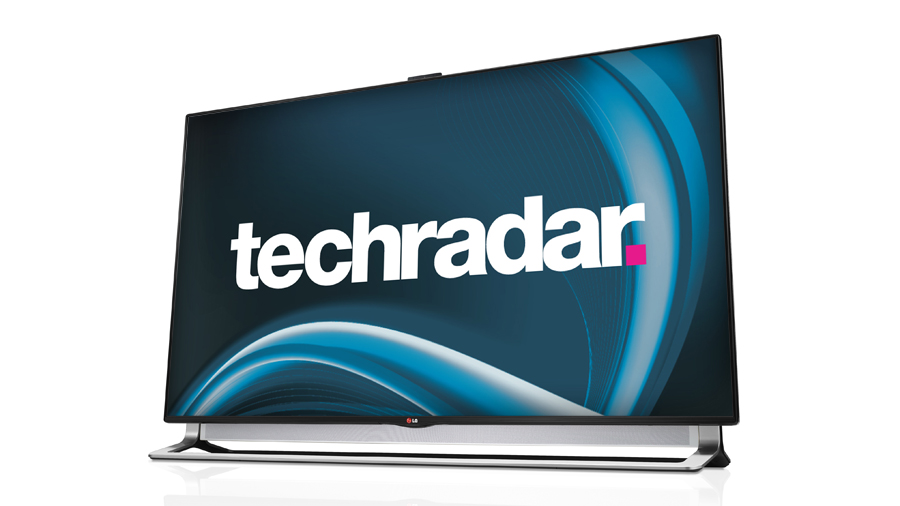Why you can trust TechRadar
Impressive though the 65LA970W's design and smart features are, though, its true highlight features are reserved for its screen specification. Kicking off, of course, with the UHD resolution of 3840x2160 pixels – a pixel count that delivers four times the resolution of a normal HD screen.
Potentially almost as significant is the 65LA970W's use of a direct LED lighting system. This uses LEDs positioned directly behind the screen rather than the more common approach of ranging the LEDs around the screen's edge – an approach which usually delivers a markedly better black level response/contrast performance than the edge LED system.

Even better, LG uses a local dimming system on the 65LA970W, meaning it can control the light output of separate sections of the LED lighting array to give a further – potentially spectacular – contrast boost.
The set also employs a 1000Hz-like motion handling engine delivered through a combination of a 100Hz native panel and a scanning backlight, while a new Tru-Ultra HD processing engine is on hand to tackle the extremely difficult task of upscaling today's HD and even standard definition pictures to the screen's UHD resolution.
The set inevitably carries 3D support despite this technology currently being out of fashion, and since this is an LG set this 3D support is of the passive variety. LG's name on the TV also means it uses an IPS panel, meaning it should hopefully support wider viewing angles than most LCD TVs.
Concerns
There are a couple of concerning notes about the 65LA970W's specification, though. First, the set uses LG's 'Nano' technology that enables it to employ a direct LED system while keeping the set exceptionally slim. The problem with this from experience with previous Nano sets is that it can diffuse the light so much that it takes away much of the contrast advantage usually associated with direct LED lighting.
Concern two finds the 65LA970W only carrying three HDMIs when surely such a cutting edge TV should have four. And our final concern is also to do with the HDMIs. For they're only built to the v1.4 specification, not the new UHD-friendly HDMI 2.0 configuration currently supported exclusively by Panasonic's L65WT600.
What this means in practical terms is that the set can't currently accept 4K feeds at a higher frame rate than 30fps. Other manufacturers of 4K TVs with v1.4 HDMIs have gone on record to say that they will be able to upgrade their sockets to accept 4k at 60fps – albeit with reduced colour information. LG, though, has felt unable to categorically offer the same confirmation, despite being asked to do so for more than two weeks prior to the publication of this review. It did at least seem to indicate that 60Hz 4K would be possible from other sources though, including USB and the set's built-in tuner.
John has been writing about home entertainment technology for more than two decades - an especially impressive feat considering he still claims to only be 35 years old (yeah, right). In that time he’s reviewed hundreds if not thousands of TVs, projectors and speakers, and spent frankly far too long sitting by himself in a dark room.

